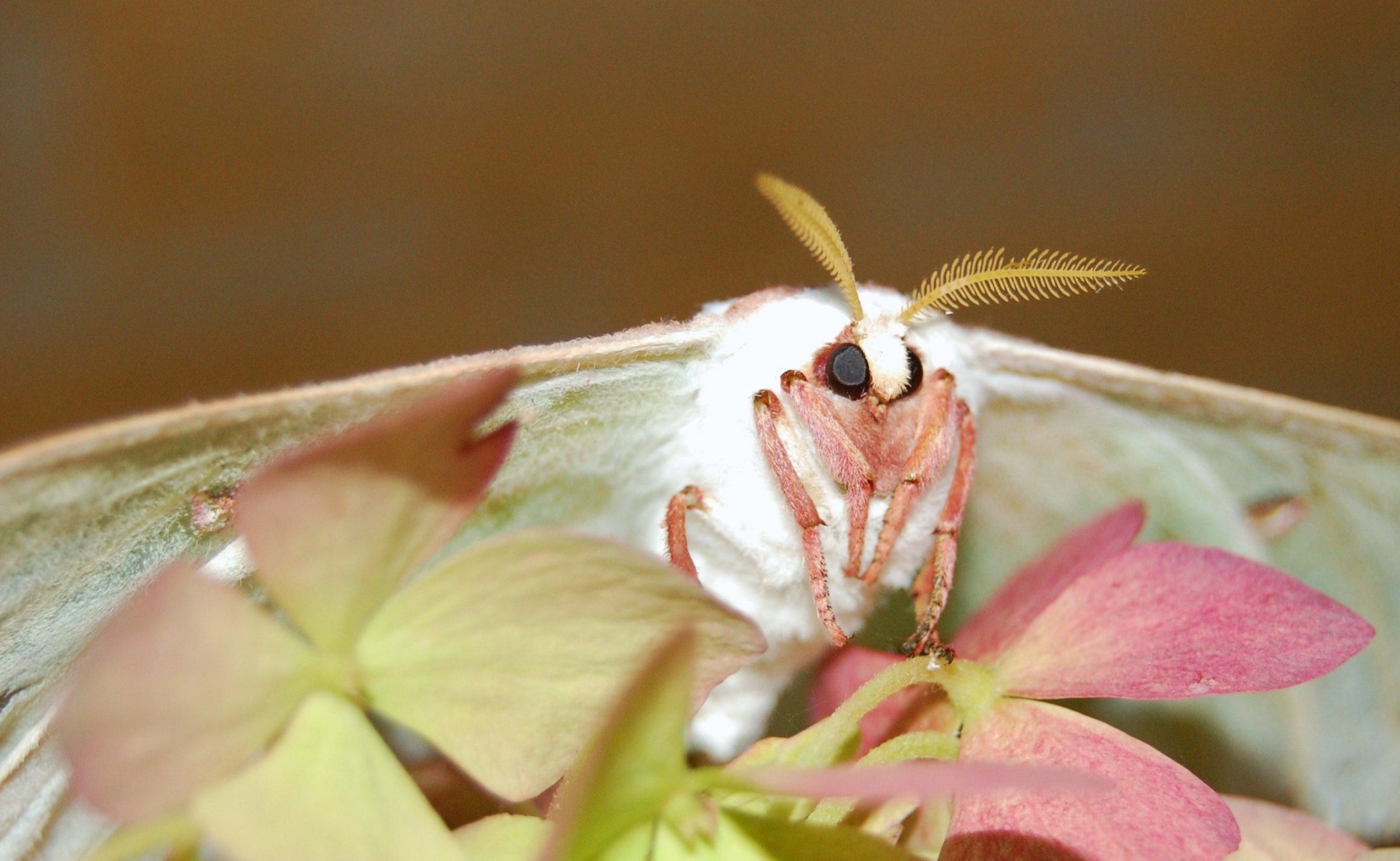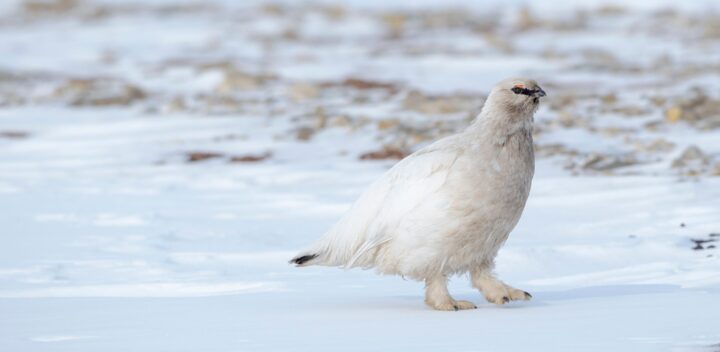Store Energy
Once a living system captures energy or transforms one energy form into another, it must frequently save that energy for future use. But energy is difficult to store in some forms. So living systems need strategies to either use energy quickly, or to convert it from forms that are difficult to store (such as electrical or kinetic) to more storable forms. For example, grasshoppers store energy as potential energy in an elastic material in their tendons. When they need to jump, that energy converts into kinetic energy, providing the force needed to escape predators.
Optimize Shape/Materials
Resources are limited and the simple act of retaining them requires resources, especially energy. Living systems must constantly balance the value of resources obtained with the costs of resources expended; failure to do so can result in death or prevent reproduction. Living systems therefore optimize, rather than maximize, resource use. Optimizing shape ultimately optimizes materials and energy. An example of such optimization can be seen in the dolphin’s body shape. It’s streamlined to reduce drag in the water due to an optimal ratio of length to diameter, as well as features on its surface that lie flat, reducing turbulence.





